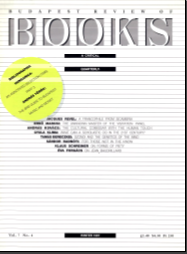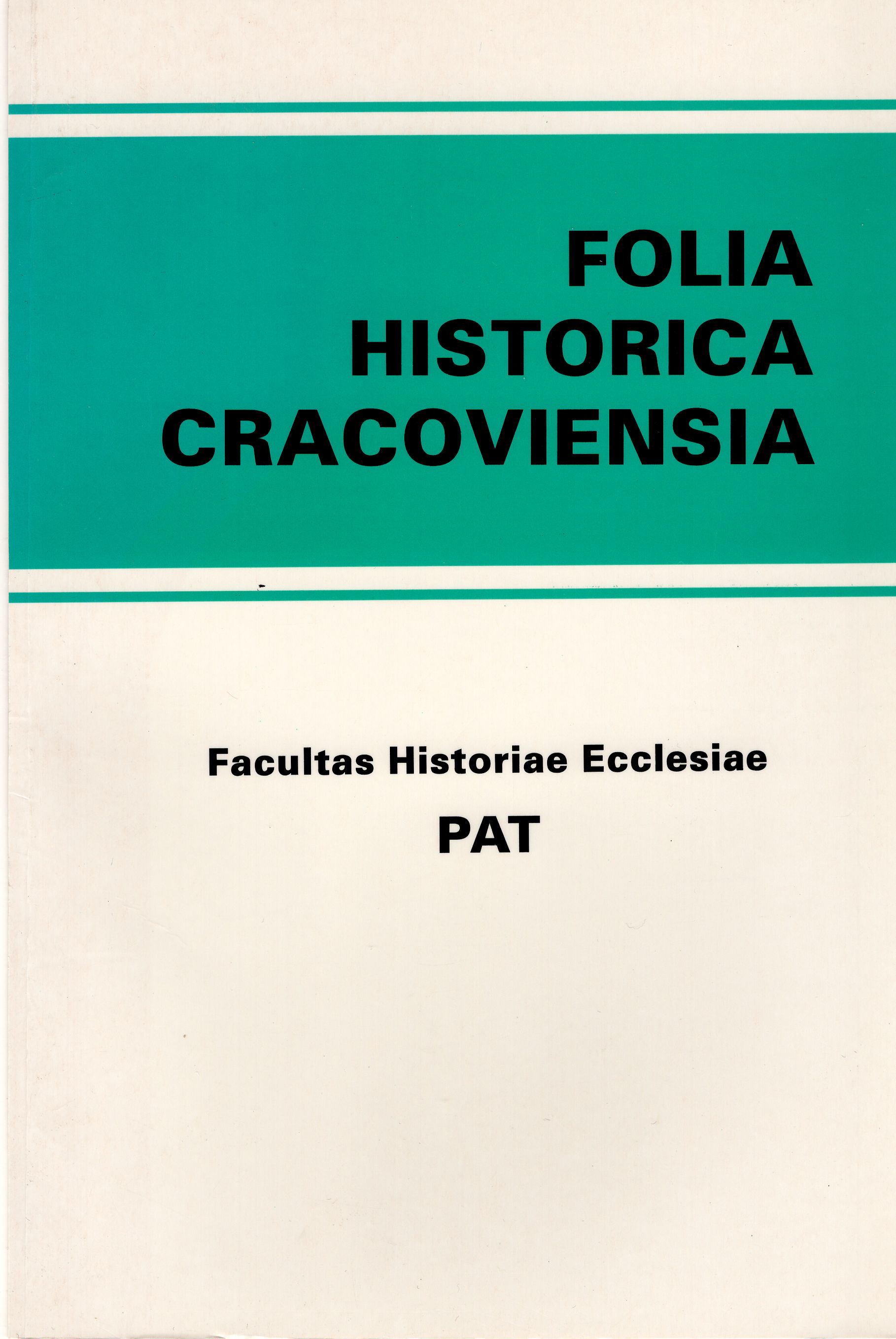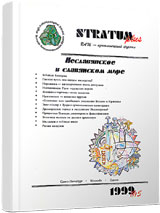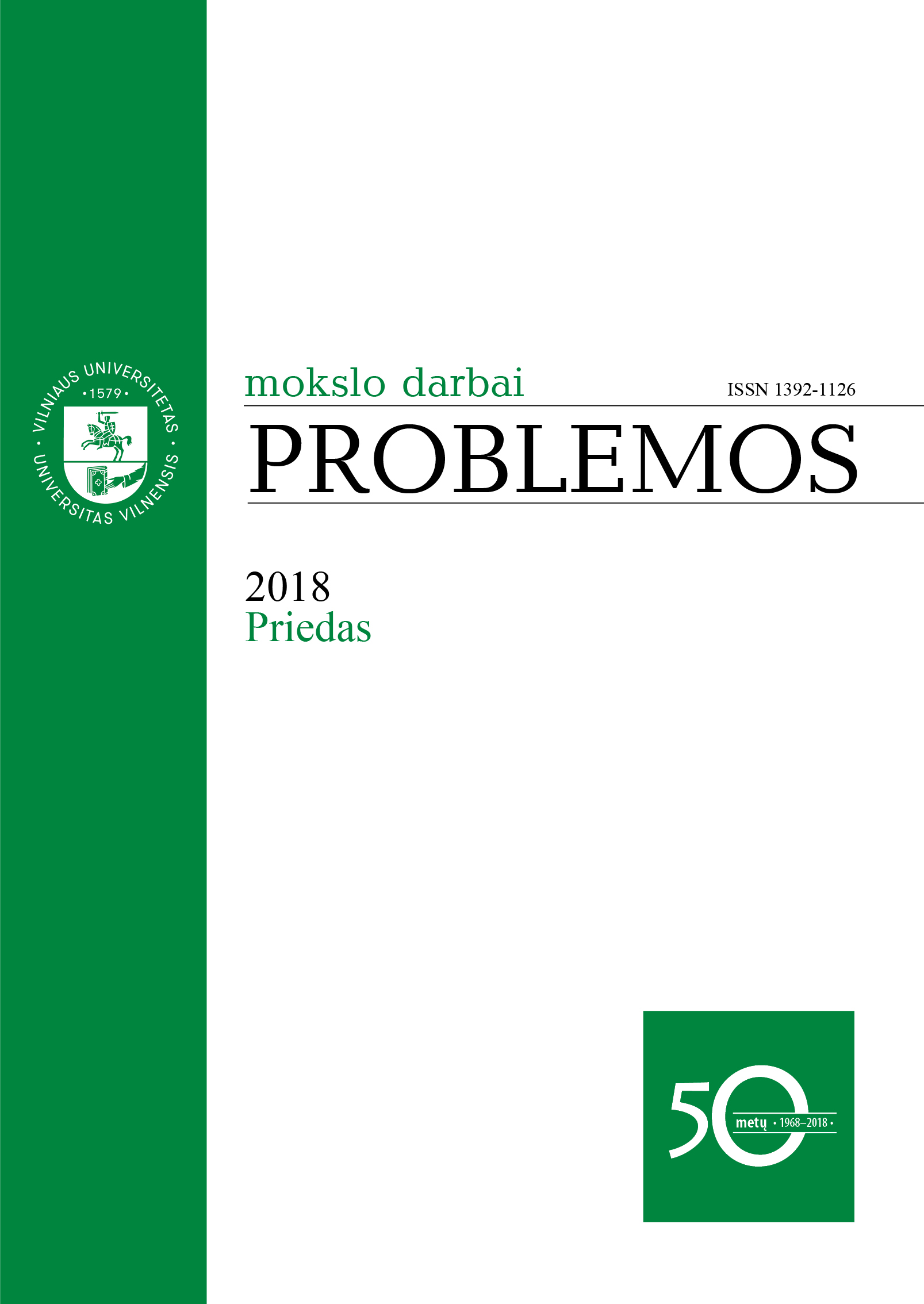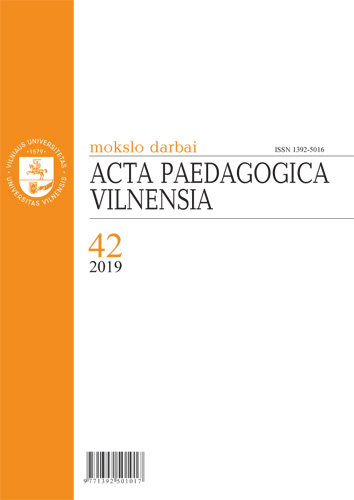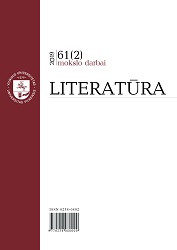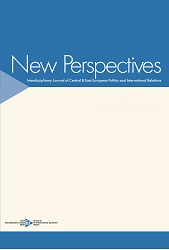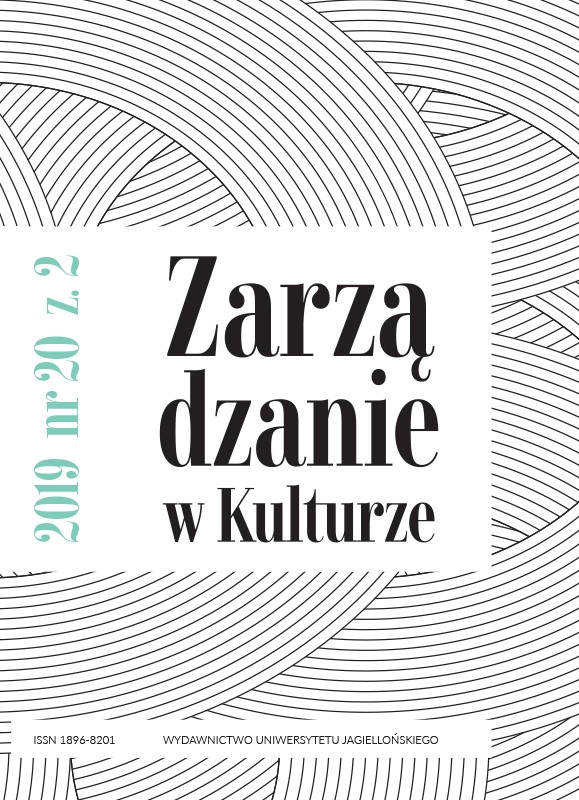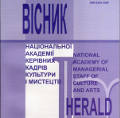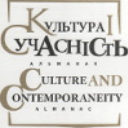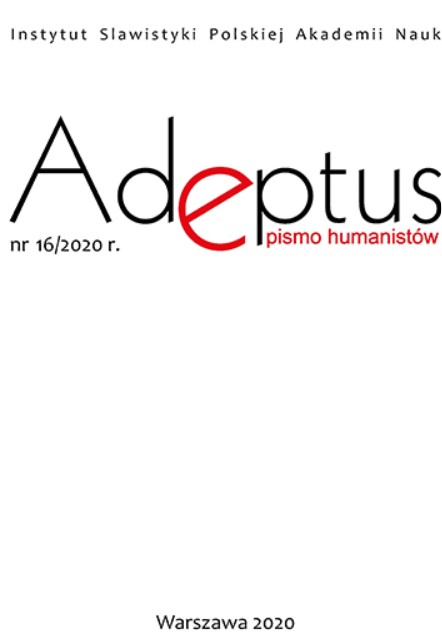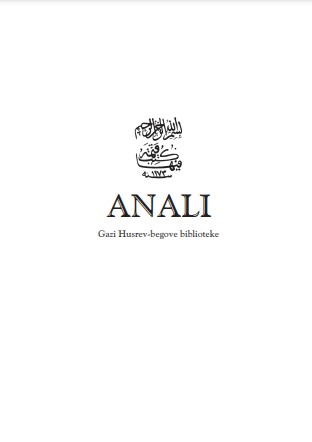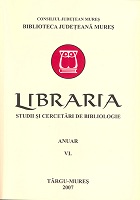Author(s): Tetiana Sergeyevna Pavliuk / Language(s): Ukrainian
Issue: 3/2021
Purpose of the Article. The aim of the article is to analyze the processes of anglicization and canonization of ballroom dance, during the period of democratization of social dances in England, in the late 19th - early 20th centuries. Methodology is an organic set of basic principles of research: objectivity, historicism, multifactor essence, systematicity, complexity, development, and pluralism, to achieve the goal, the following methods of scientific knowledge are used: problem-chronological, concrete historical, statistical, descriptive, logical- analytical. Scientific Novelty. The scientific novelty lies in the identification of the processes of origin and development of competitive ballroom dancing in England at the end of the 19th - beginning of the 20th centuries. Conclusions. The widespread democratization of social dancing in England began as early as the 19th century when the Austrian waltz and other ballroom dancing became popular among all social strata. Democratic fervor of the common people, which at the end of the XIX century got the opportunity to relax on the resort coast of Great Britain, gave birth to the first dance competition in ballroom dancing. It was often noted by professional dance experts that the new British dance forms were superior to the original. Certainly, the distinctive features and high quality of British ballroom dancing were a matter of special professional pride. The advantages of a standardized English style as early as the late 30s. The XX century was recognized outside the country for the extraordinary success of British dancers in international ballroom dancing championships. Gradually, it established the international standard for ballroom dancing and was adopted by many of the world's dance organizations at the national level, with the exception of the United States of America (by many American competitive ballroom dancers, the English style was not adopted until the 1960s.)
More...
